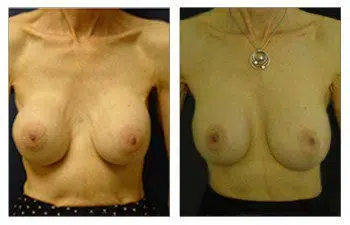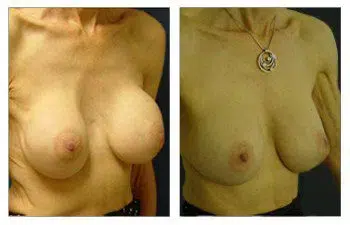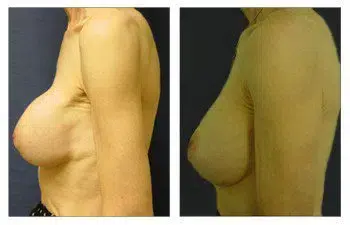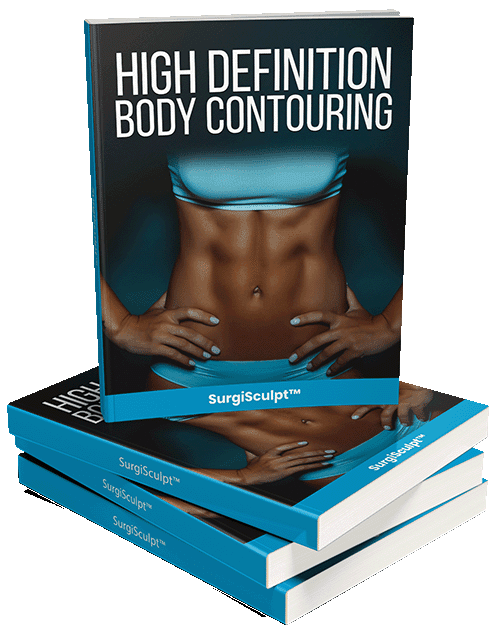


61-year-old female who had a breast augmentation revision of severe capsular contraction
The presented patient demonstrates the amazing results of a breast augmentation revision of severe capsular contraction. When you receive a breast implant, your body naturally recognizes it as a foreign object, forming a layer of scar tissue around it. Although this scar tissue naturally forms, it can sometimes thicken and contract around breast implants. These changes may apply pressure on your implants, resulting in implant malposition and even chest discomfort chronically.
For patients who had breast augmentation several decades ago, the capsule may be even thicker and calcified. Capsular contracture has been best stratified by a classification system designated by Dr. Baker. This Baker capsular contracture classification system is as follows:
- Grade I – The breast is normally soft and looks natural.
- Grade II – The breast is a little firm but appears natural.
- Grade III – The breast is firm and is beginning to appear distorted in shape.
- Grade IV – The breast is hard and has become distorted in shape and painful.
The diagnosis falls once the capsule is deforming your breasts and causing discomfort. It gets classified as a Baker’s Grade 4. A Baker’s grade 4 designation automatically requires a capsulectomy intended to remove the thickened capsule entirely. The first benefit of removing the entire capsule is that the breast deformity caused by the thickened scar is eliminated. The second reason for removing the entire capsule is that the sensory nerves that the scar tissue may tug on are relieved. Removing the entire capsule will allow for proper implant placement and an ideal, harmonious breast appearance.
There is another advantage of a breast augmentation revision of severe capsular contraction. Severe capsular contraction most often occurs in breast implant cases performed several decades ago, and there have been major advances in cosmetic plastic surgery since then. Most importantly, breast implant surgeries performed decades ago were likely placed above the muscle. Today, the ideal breast implant position should be located underneath the muscle. Placement of the breast implant under the muscles has several advantages that include:
- lower risk of capsule contracture
- protection of the implant from extrusion
- camouflaged implant from palpation
The patient presented with 350cc silicone implants to reach her dream breast appearance with larger implants. If you had breast implant surgery several decades ago and aren’t happy with their current appearance, contact SurgiSculpt for a complimentary consultation.
Here is a 61-year-old female with a breast augmentation revision of severe capsular contraction. She needed a breast implant replacement and capsulectomy to remove all scar tissue.

